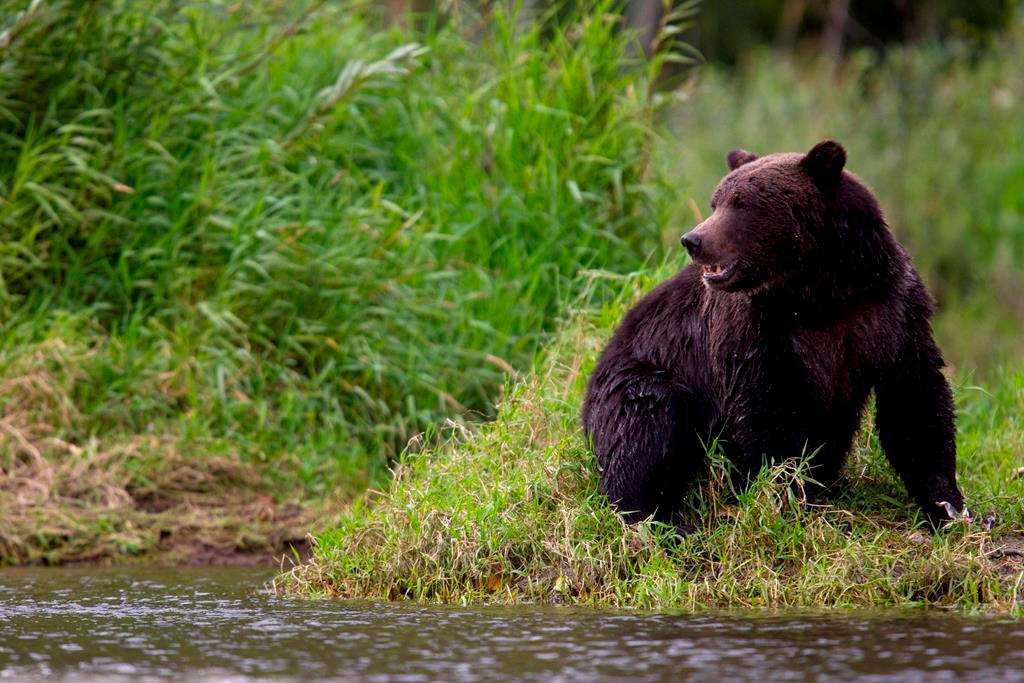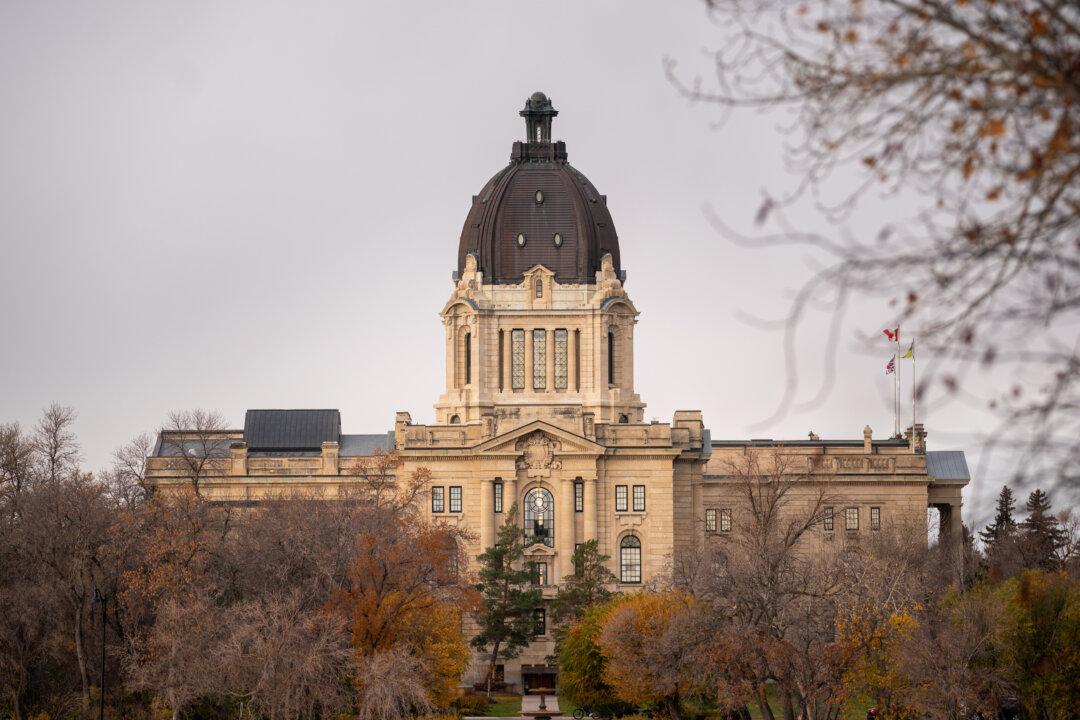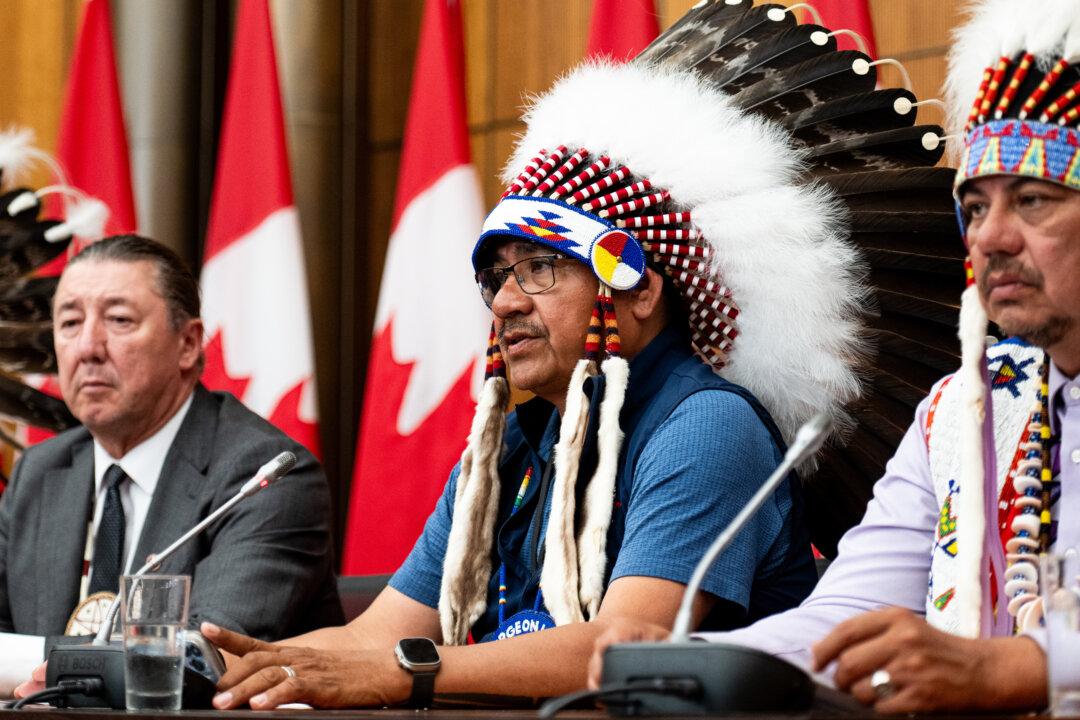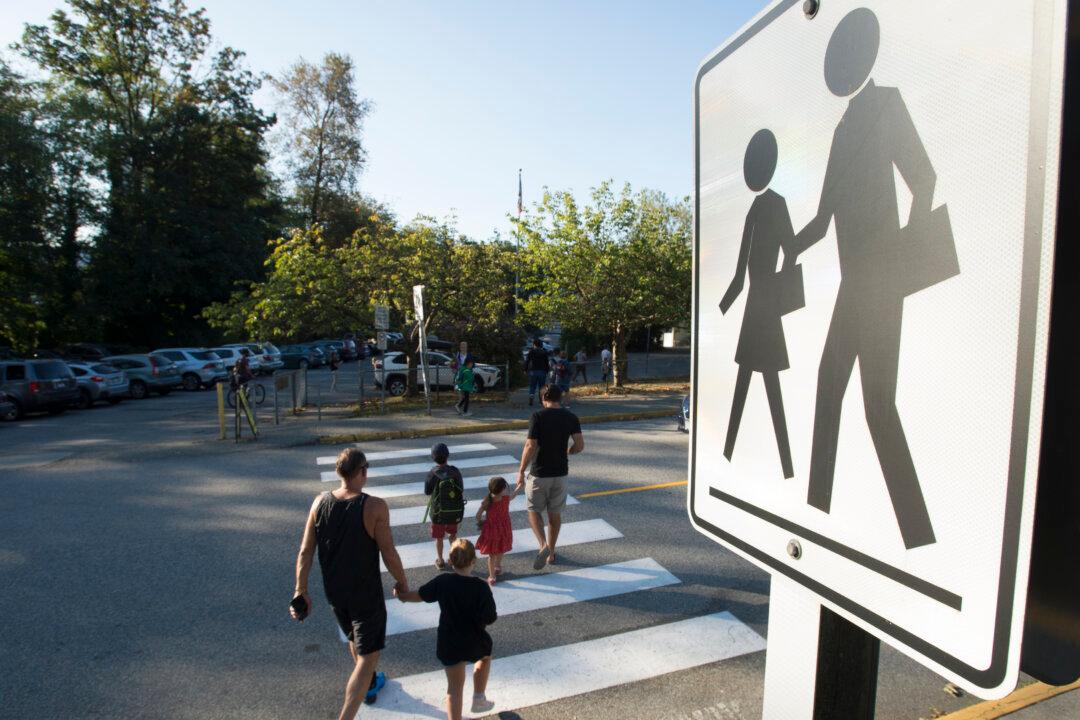Increasing reports of bear attacks on people and livestock has prompted the Alberta government to take new steps to deal with “problem” wildlife.
The government has announced the creation of a network of wildlife management responders to provide rapid conflict response in situations of deadly grizzly bear attacks as well as addressing agricultural losses due to elks foraging.





